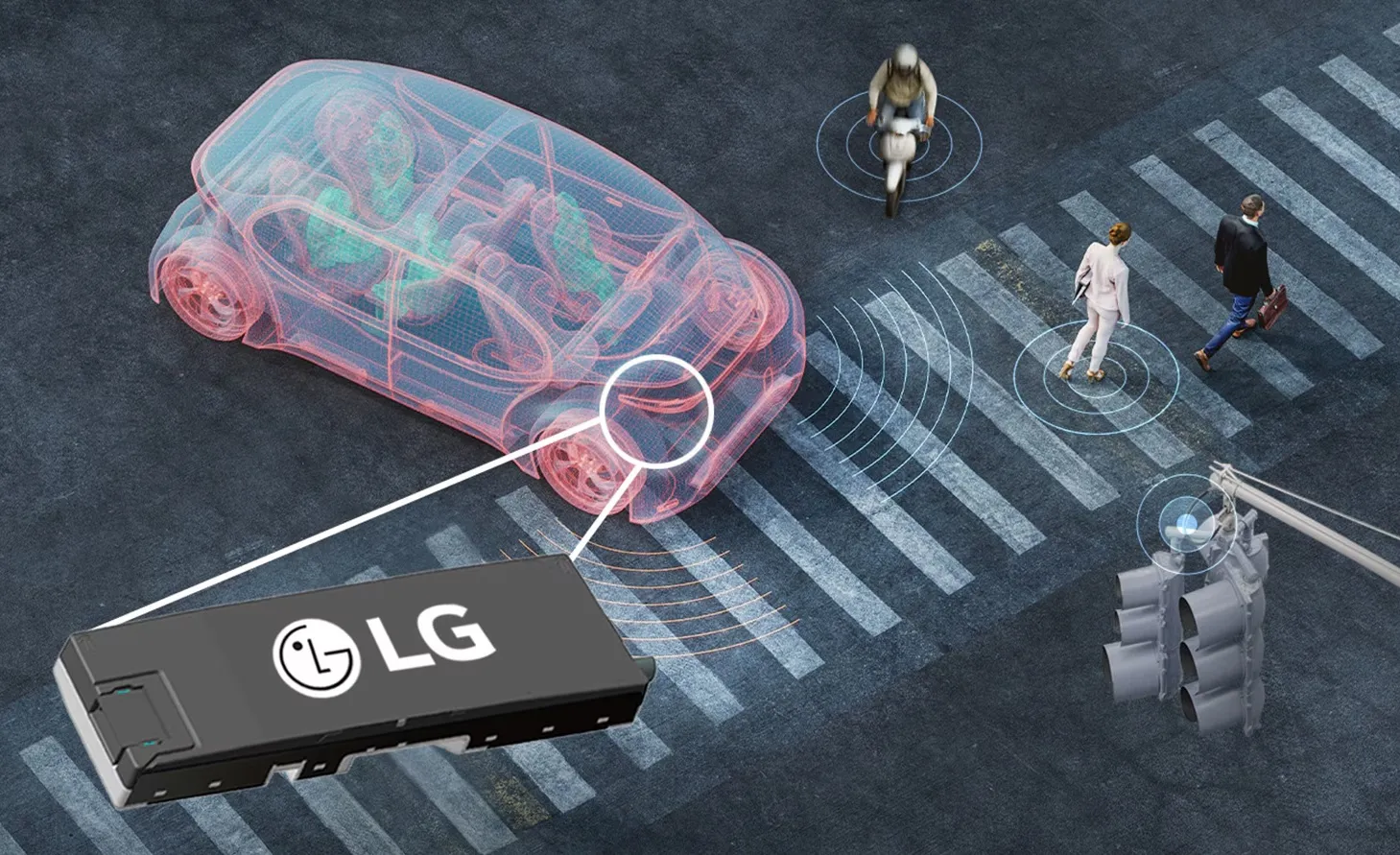With vehicle manufacturers and suppliers across the globe looking to put future automotive innovative functions in their vehicle to help enhance the experience of owning and driving a vehicle, Continental and Cisco are showcasing a proof-of-concept connected vehicle at the Center for Automotive Research Management Briefing Seminars, 5-8 August. This joint proof-of-concept connected vehicle is equipped with the secure and seamless network technology to meet the growing demands for connected vehicles. Contine
August 7, 2013
Read time: 2 mins
With vehicle manufacturers and suppliers across the globe looking to put future automotive innovative functions in their vehicle to help enhance the experience of owning and driving a vehicle, 260 Continental and 1028 Cisco are showcasing a proof-of-concept connected vehicle at the Center for Automotive Research Management Briefing Seminars, 5-8 August.
This joint proof-of-concept connected vehicle is equipped with the secure and seamless network technology to meet the growing demands for connected vehicles. Continental lays the foundation for added innovative automobile functions and benefits to passengers to make connectivity to the digital world outside a moving vehicle a secure, reliable and enjoyable experience. Cisco enterprise-grade, seamless wireless network switching technology is highly secure and will connect passengers to the right network based on their location on the road and their user preference.
The Cisco and Continental proof of concept car shows how auto manufactures can provide the same amount of network security that is available at home or in the office. Cisco provides one secure software gateway that delivers Cisco’s core networking capabilities and optimizes all communication links and mobility services to and from the vehicle. Security against cyber attacks will become more important as more connected functions are brought to vehicles.
Based on this initial proof of concept solution, Continental and Cisco are also planning to work together to develop innovative solutions that leverage ubiquitous connectivity of moving vehicles.
This joint proof-of-concept connected vehicle is equipped with the secure and seamless network technology to meet the growing demands for connected vehicles. Continental lays the foundation for added innovative automobile functions and benefits to passengers to make connectivity to the digital world outside a moving vehicle a secure, reliable and enjoyable experience. Cisco enterprise-grade, seamless wireless network switching technology is highly secure and will connect passengers to the right network based on their location on the road and their user preference.
The Cisco and Continental proof of concept car shows how auto manufactures can provide the same amount of network security that is available at home or in the office. Cisco provides one secure software gateway that delivers Cisco’s core networking capabilities and optimizes all communication links and mobility services to and from the vehicle. Security against cyber attacks will become more important as more connected functions are brought to vehicles.
Based on this initial proof of concept solution, Continental and Cisco are also planning to work together to develop innovative solutions that leverage ubiquitous connectivity of moving vehicles.










